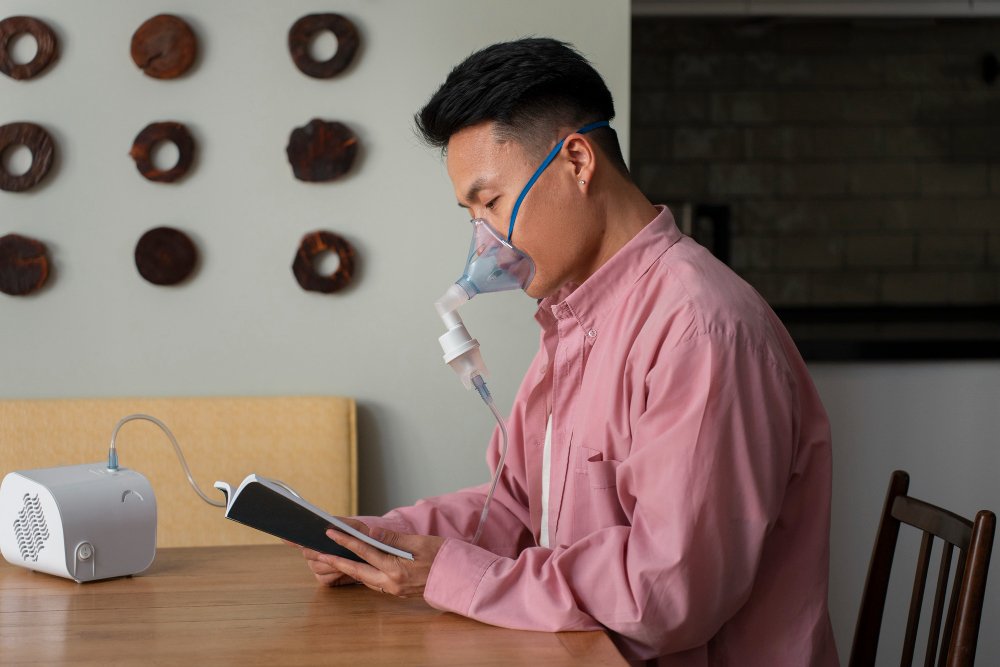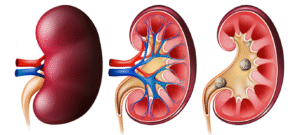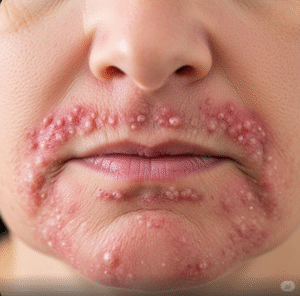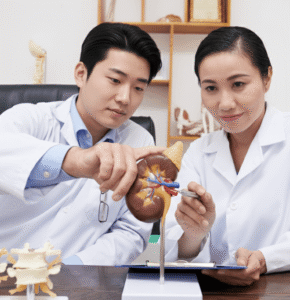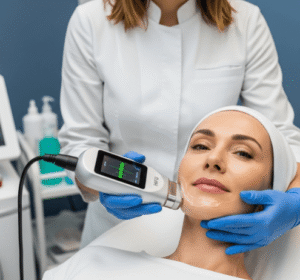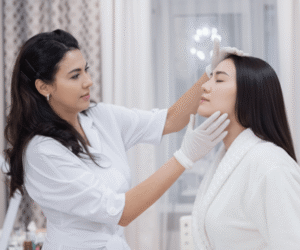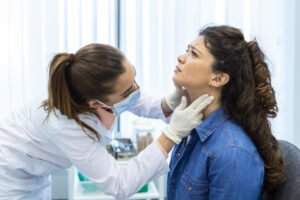Overview
Chronic Obstructive Pulmonary Disease (COPD) is a long-term, progressive lung condition that causes breathing difficulties due to airway obstruction. It primarily includes chronic bronchitis and emphysema. In Korea, COPD is a growing public health issue, often linked to smoking, air pollution, and aging populations. With advancements in medical technology and specialized respiratory care, Korea offers modern diagnostic and treatment options for COPD patients.
What is COPD (Chronic Obstructive Pulmonary Disease)?
COPD is a chronic lung disease that limits airflow, making it difficult to breathe. It develops gradually and worsens over time, often triggered by long-term exposure to harmful substances such as cigarette smoke, industrial pollutants, and fine dust. The disease is characterized by inflammation of the airways and destruction of lung tissue, leading to symptoms like chronic cough, phlegm, and shortness of breath.
Symptoms
- Persistent cough with mucus (chronic bronchitis)
- Shortness of breath, especially during physical activity
- Wheezing or chest tightness
- Frequent respiratory infections
- Fatigue or reduced exercise capacity
- Swelling in ankles, feet, or legs in severe cases
Causes
- Long-term cigarette smoking (most common cause)
- Secondhand smoke exposure
- Air pollution, including fine dust (a growing problem in Korea)
- Occupational exposure to chemicals, fumes, and dust
- Genetic factors, such as alpha-1 antitrypsin deficiency
Risk Factors
- Smoking (current or former)
- Age over 40
- Living in areas with high air pollution (e.g., urban Korea)
- Occupational exposure to harmful chemicals
- Family history of lung diseases
- Frequent childhood respiratory infections
Complications
- Frequent respiratory infections (pneumonia, bronchitis)
- Pulmonary hypertension (high blood pressure in the lungs)
- Heart problems, including right-sided heart failure (cor pulmonale)
- Weight loss and muscle weakness
- Reduced quality of life due to chronic breathing difficulty
Prevention
- Avoid smoking and secondhand smoke
- Use protective masks in polluted or occupational environments
- Reduce exposure to air pollution and fine dust (common in Korean cities)
- Regular exercise to improve lung capacity
- Vaccinations (influenza and pneumococcal) to prevent infections
- Early screening for at-risk populations
Treatment Options in Korea
Korea provides advanced medical care for COPD, focusing on improving quality of life and slowing disease progression. Options include:
- Medications: Inhalers (bronchodilators, corticosteroids), mucolytics, and antibiotics when needed.
- Pulmonary rehabilitation programs: Exercise training, nutrition advice, and breathing techniques.
- Oxygen therapy: For patients with severe COPD and low oxygen levels.
- Minimally invasive interventions: Endoscopic lung volume reduction for selected patients.
- Surgery: Lung volume reduction surgery or lung transplantation in advanced cases.
- Technology-driven care: Smart inhalers and telemedicine support widely used in Korean hospitals.

